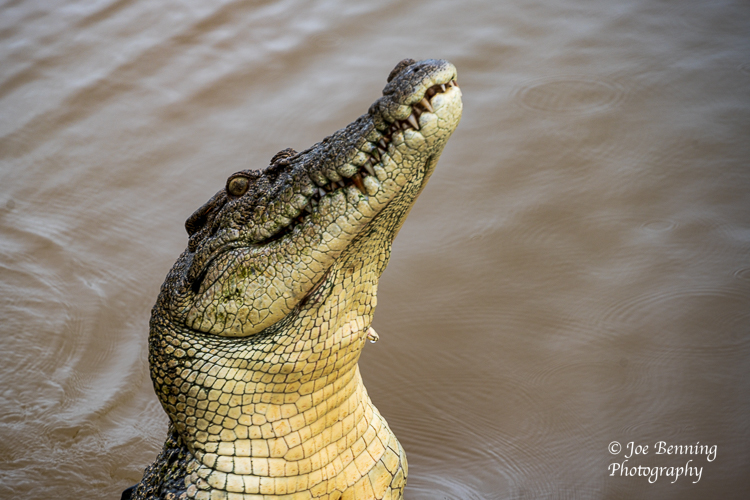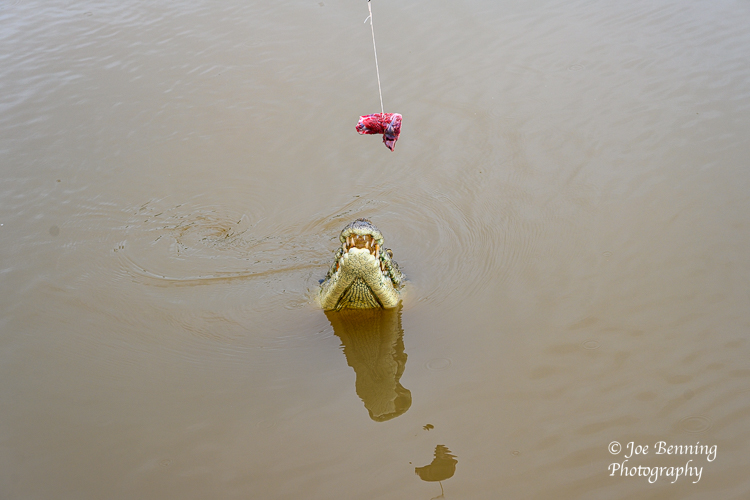February 26, 2023
Darwin Australia
Darwin, with a population of about 150,000, is the capital city of the Northern Territory in Australia. The city houses the majority of the residents of the Territory—a territory that is Australia’s version of the Wild West. It has a reputation as a hard drinking party town, although that has toned down a bit over the years.
Darwin is the smallest and most northerly of Australia’s capital cities. It is also younger than average—33 v 37 for the rest of Australia—due in part to the large number of military personnel stationed there because of the area’s strategic importance.
As a result of its proximity to South East Asia, the city is a key link to Indonesia and East Timor. The climate is tropical. There are two seasons—the wet season and the dry season. We are in the wet season at the moment. The two main industries of Darwin are mining and tourism.
About 38% of the population was born overseas. About 70% of the population identifies their ancestors as either English or Australian. Just under 9% of the population is indigenous, which essentially means aboriginal. 58% of the population speaks English at home.
While berthed at Darwin, we took a tour boat on the Adelaide River, on the lookout for crocodiles. The Adelaide River is home to a large population of these creatures. It wasn’t hard to find them since the boat crew lured them with buffalo meat. Crocodiles have hardly evolved over thousands of years; they still look like creatures out of a Jurassic Park movie. Crocodiles are not exactly Benjamin Spock trained parents. They mate; the female lays her eggs and takes off, looking for a new boyfriend. The male stays with the offspring for about 6 to 12 months and then heads off. The young crocs are then on their own. Many of the young are eaten by other creatures, sometimes by their siblings or parents.
Crocodiles are very aggressive; the males are particularly territorial. The larger crocs (we saw one that was 16 feet long) guard their territory until the younger ones are large and agile enough to attack them. Which they then proceed to do. Apparently none, or at least very few, have BFFs.
The crocs that we saw were fed buffalo meat by the boat’s crew so the passengers could get a look at them in action. It was a good reminder of why it is important to keep arms and legs inside the boat. A few photos from the boat trip are below.
JFB



